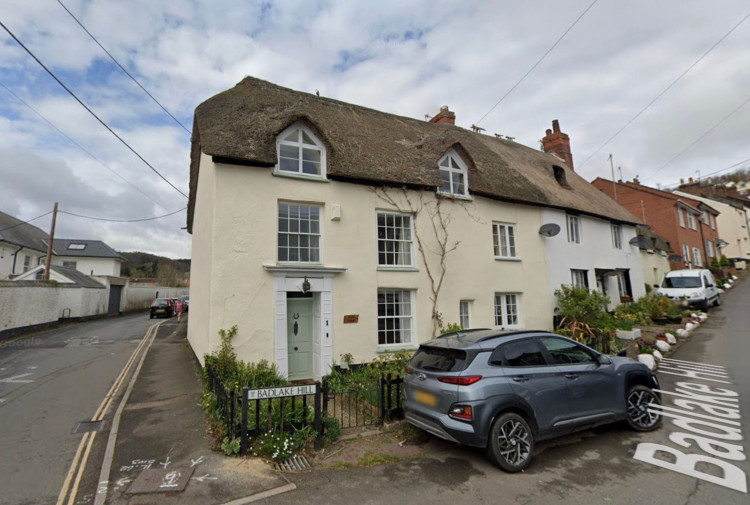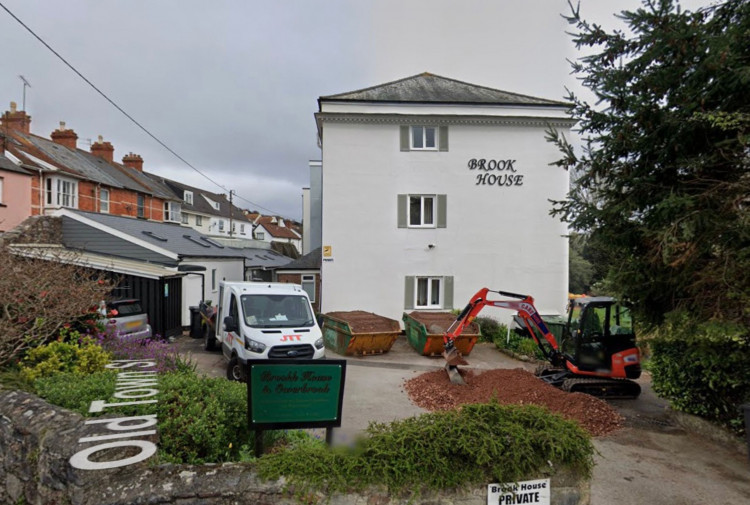Local historian: Historic houses of Dawlish
By Ray Bickel 12th Mar 2023
By Ray Bickel 12th Mar 2023

So from pubs to houses, of which some are historic. Keeping the A-Z theme going, we will start with B.
Badlake House

It is likely it was built in the early 17th century and was part of a small farm and fields.
The first known tenant was Robert Painter in 1722.
After his death, the Penson family took over the farm.
However, a fire broke out in the barn in 1852 and the family lost a horse, two pigs and some chickens.
The fire was probably caused by a spark from his lantern while he checked his animals.
The house was renamed Myrtle Cottage and occupied by a series of curates.
By 1909, the property was in poor condition with a report saying there was rubbish in the garden and no down pipes and was owned by Robert Hambly.
He owned nine houses on Badlake Hill, of which three were condemned and demolished in 1945. No 5 Badlake Hill offered a tearoom in 1933.
In 1919, Hambly sold Badlake House to a relation of the Queen Mother, Miss Cavendish-Bentinck.
Controversially, the house was narrowed by one-room width when the adjacent Weech Road was widened.
Brook House

Built in approximately 1789, Captain Robert Keen was its owner.
By 1848, Rear Admiral Thomas Dick had taken over. Dick fought in the Napoleonic Wars, having joined the navy aged 11.
One of his daughters, Charlotte, had the fountain in Old Town Street.
The inscription says 'Praise God from whom all blessings flow. CD March 1877'. This fountain can still be seen.
It was latterly owned by doctors one of whom made it his surgery.
It was then purchased by Elizabeth Osborne of Red Devon Housing in the 1960s, providing non-profit housing for the elderly. It has expanded with extensions to the house and across the brook with 16 self-contained units.
----------
Ed: This article is part of local historian Ray Bickel's series on Dawlish history. Use the links below to read previous articles:
Part One: What were the origins of Dawlish?
Part Two: The origins of St Gregory's Church
Part Three: The history of Dawlish's churches
Part Four: The origins of the Lawn and Tuck's Plot
Part Five: Tuck's Plot, the Lawn and the swans at the turn of the century
Part Six: The origins of Brunel's railway
Part Seven: Blowing up cliffs and Brunel's Atmospheric Railway
Part Eight: The early days of the railway
Part Nine: The 2014 storm and plans for a Dawlish avoiding line
Part 10: Pubs of Dawlish, past and present
Part 11: Pubs of Dawlish, past and present part II
Part 12: Pubs of Dawlish, past and present part III
CHECK OUT OUR Jobs Section HERE!
dawlish vacancies updated hourly!
Click here to see more: dawlish jobs
Share: